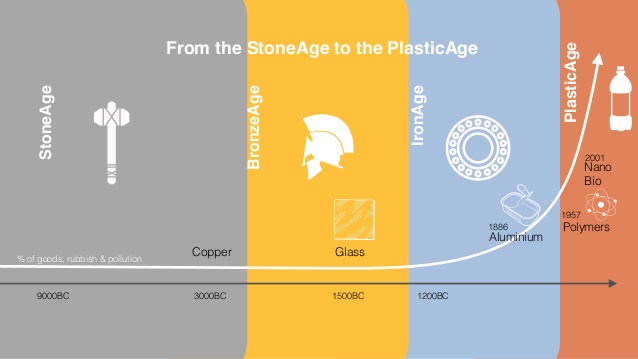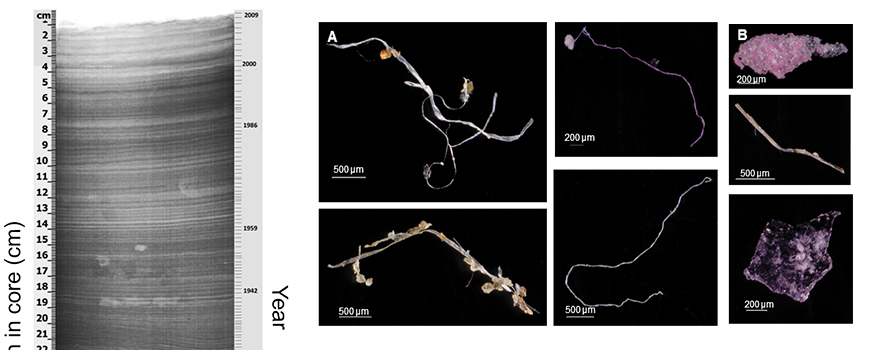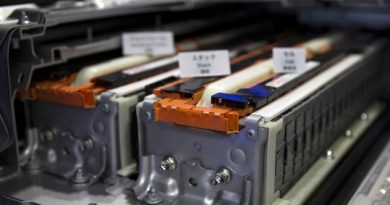Human History to Leave Behind a Legacy of Plastic Age
 Plastic Age is upon us!
Plastic Age is upon us!
Thousands of years from now, the archaeologists who will dig deep in the strata of soil to learn about the ways of our lives, equipment and technology, they will find the indestructible plastic in the fossil records.
This is no more a fictional story, but a fully researched fact. Plastic pollution has contaminated and entered the fossil record marking an exponential increase since 1945, after the World War II(WWII). The research done by Scripps Institute of Oceanography made this disheartening finding in a study that was published in the Journal Scientific Advances this month. The scientists studied the seafloor layers in California’s Santa Barbara basin dating back to 1834 and found that the deposit of plastic has increased after WWI and has been doubling every 15 years.
“This study shows that our plastic production is being almost perfectly copied in our sedimentary record. Our love of plastic is actually being left behind in our fossil record,” said Scripps microplastics biologist Jennifer Brandon, lead author of the study in a statement.

Supported by California Sea Grant, the National Science Foundation, and private donors, the study is the latest among several to illustrate how pervasive plastic pollution has become in the global oceans.
The study reveals that majority of the plastic pollution comes from microfibres released by synthetic clothes. The accumulation of varieties of plastic and its sheer amount supports the defining signifier of the Anthropocene, a proposed new geological epoch marked by the man on this planet.
The scientists from an earlier study have estimated that 4.8-12.7 million metric tonnes of plastic waste enter the world oceans each year, the authors predict that the nearshore areas will bear a ‘disproportionate brunt’ of the plastic waste that is thrown into the global waters.

While the study did not study the effect it has on marine lives, incidents of turtles, birds, fishes and now humans ingesting plastic in such great proportions clearly indicates that plastic has entered every level of the food chain all over the world.
So years from now, when children will study the advent of great Bronze age or Iron age to track the human civilization, post-WWII might be called the-not-so-great Plastic Age in their curriculum.
Picture credit: Slide Share




